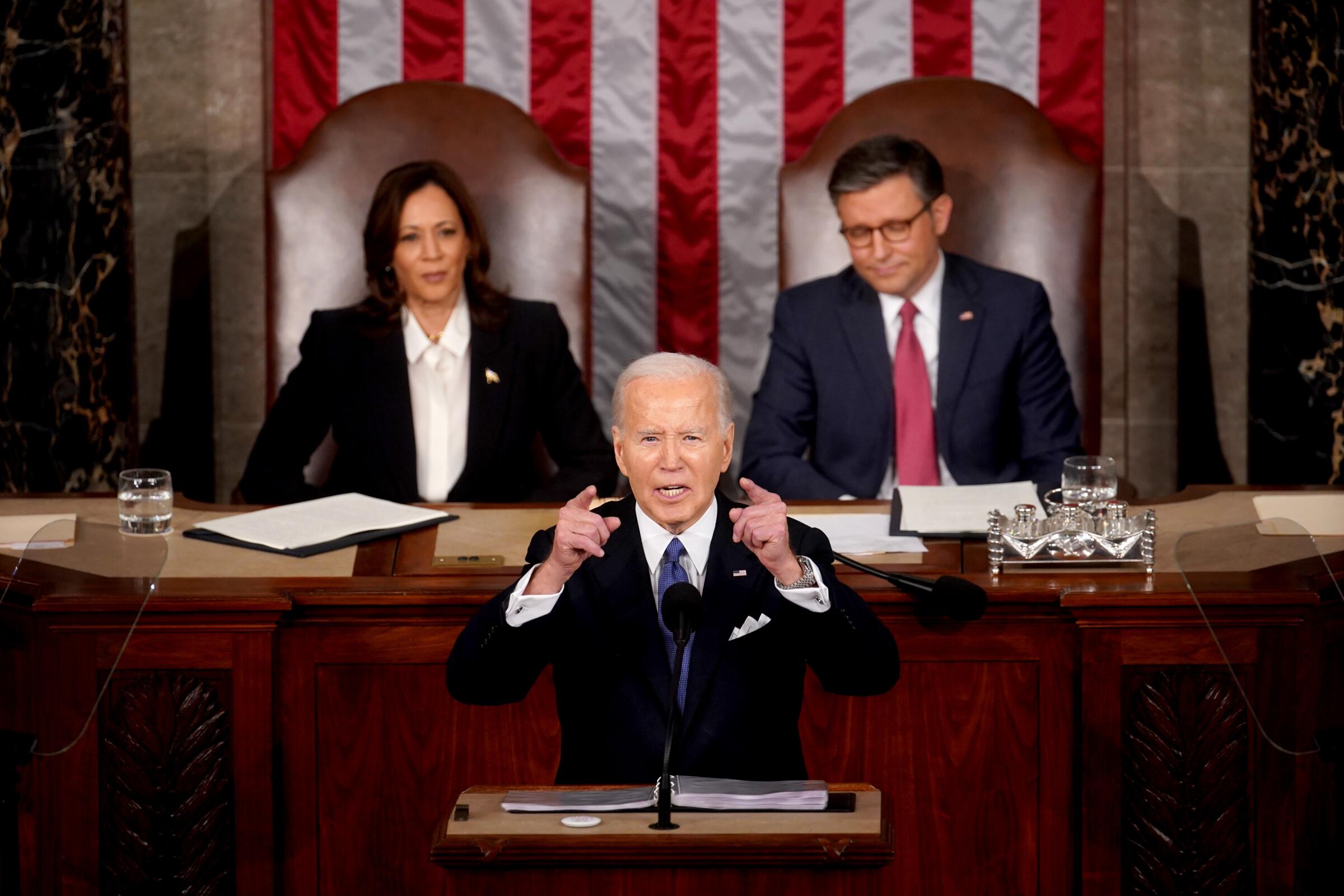Those themes aim to win over a very small slice of the vast American electorate.
Some 150 million people will vote in November’s presidential election, but the lion’s share already have made up their minds.
Biden’s speech, the visits to swing states that his campaign has already started to roll out, and the tens of millions of dollars in advertising that will soon start barraging the country all aim at a narrow swath of voters who are up for grabs in a few key states — mostly Nevada, Arizona, Georgia, Wisconsin, Michigan and Pennsylvania — that likely will decide the election.
Many of those voters are Democrats who are uncertain whether they care enough about Biden’s reelection to cast a ballot in 2024. Others are centrists who have problems with both parties but are open to persuasion.
Some in that latter group voted for former South Carolina Gov. Nikki Haley in Republican presidential primaries over the last two months.
Haley’s voters — as opposed to the candidate herself — tended to be moderate Republicans and independents. Many voted for Biden in 2020, although some were former Trump voters who have turned against the GOP or are flirting with doing so.
As polls have showed throughout the campaign, Haley voters were far more likely than other Republican primary voters to put a premium on foreign policy and to strongly support Ukraine. Most of them also see Trump as a threat to democracy. And although Haley opposes abortion, many of her voters support abortion rights, exit polls have shown.
When Haley suspended her campaign on Wednesday, Biden released a statement saying that “Donald Trump made it clear he doesn’t want Nikki Haley’s supporters. I want to be clear: There is a place for them in my campaign.”
The issues he stressed in Thursday night’s speech fit an effort to reach out to that small, potentially crucial voting bloc.
No one speech is ever enough to turn around a campaign. Whether this one accomplished the more realistic task of opening the way for some voters to give him a fresh look won’t be known for weeks.
But at minimum, Biden’s vigorous delivery gave Democrats something to cheer about after weeks of anxiety over poor polls.
With the primary season effectively over, the incumbent has now made clear the themes he intends to emphasize and the path he hopes will lead him to victory. If he’s to achieve a comeback, this was the necessary first step.









